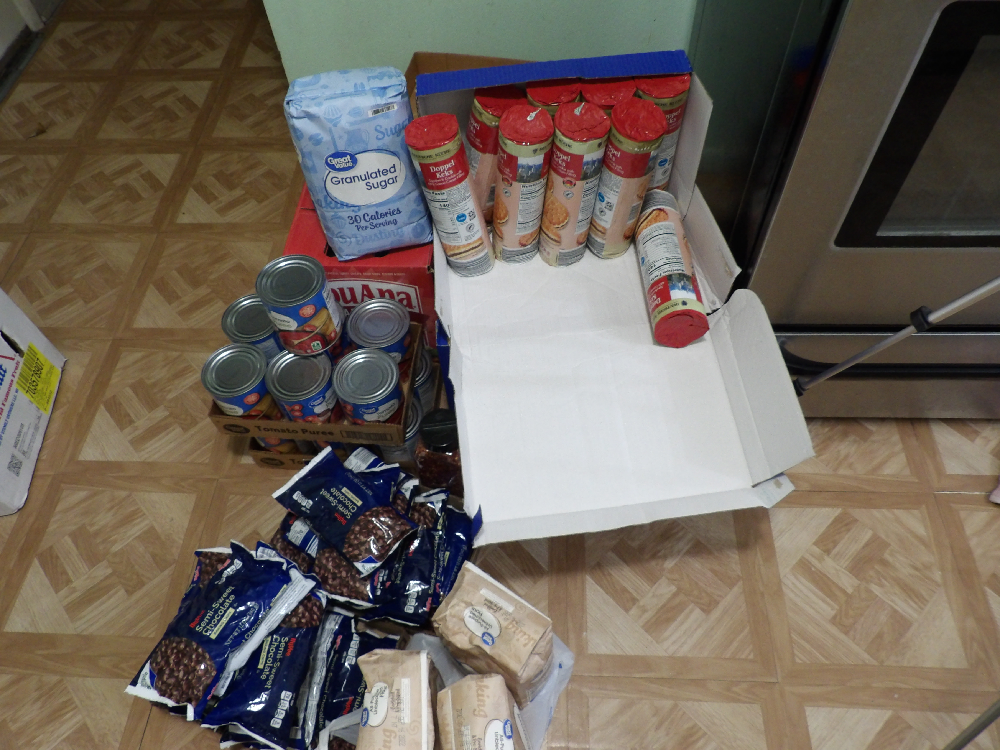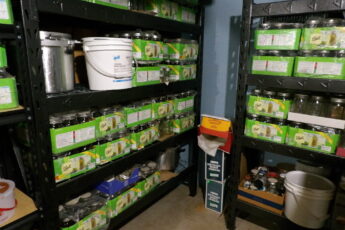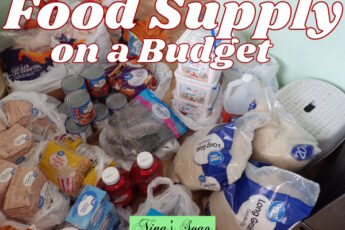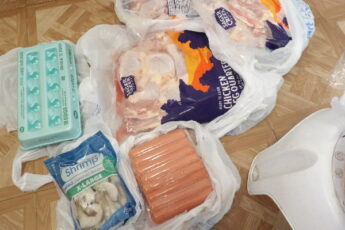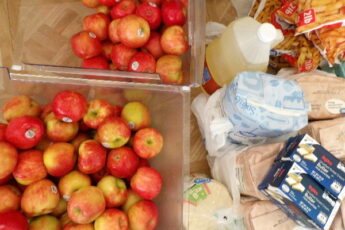Set a grocery budget and plan to spend less than your grocery budget. Put the saving aside to purchase and stock on food staples when they go on sale.
List your grocery staples
List the main ingredients you use in your cooking.
Separate the grocery staples that go on sale from the ones on your list that don’t go on sale.
Put a few dollars from your grocery budget on the side every month to spend on sales.
Price your grocery staples
When you can, take your grocery list to the grocery store you shop at and write done the price for staples that don’t go on sale.
How to estimate the cost of your grocery list?
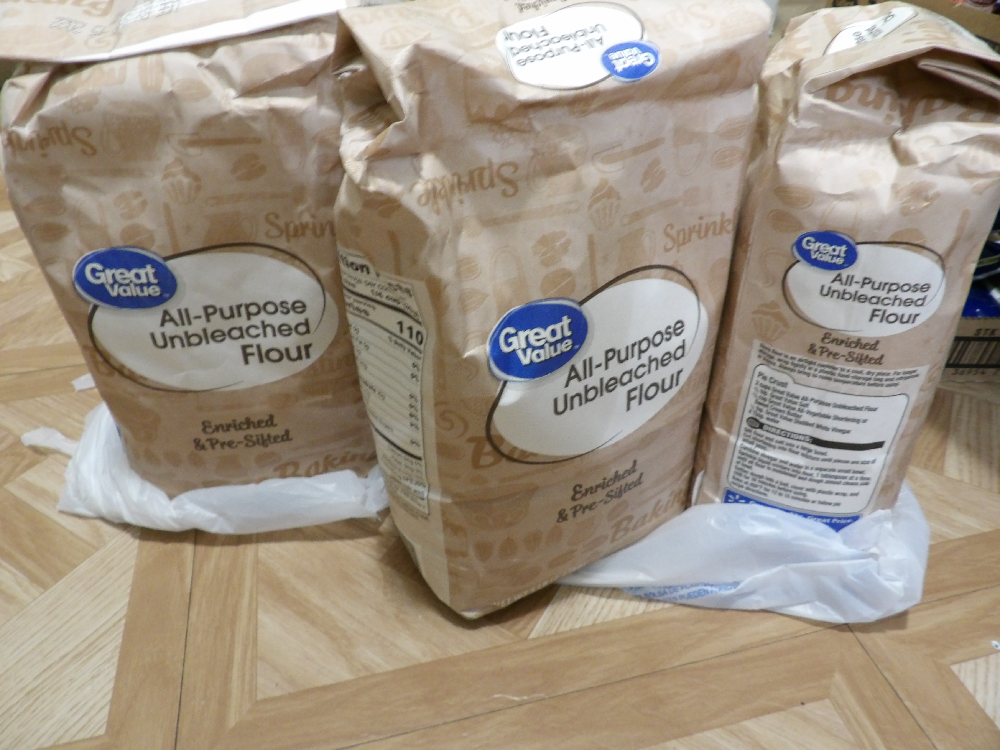
Every month, have a list of staples you plan to purchase and using your price, estimate how much it would cost you to purchase everything on your list and adjust your grocery list until you are sure your grocery shopping would be within the amount you plan on spending before you even get out of your house.
Doing this exercise allows you to spend within your budget.
Another option is knowing how much you want to spend on groceries and make sure you don’t go over, whether you shop a lot of sales that month or not. The best way to stick to your grocery budget is to use cash for groceries. When you don’t spend all one month, save the rest.
How to build your food supply on a budget?

When any of your staples go on sale, you will have savings from your prior months grocery budget you can use to stock up for months’ worth of supplies.
Know what part of the year your staples go on sale and put few dollars on the side for each one of them. Every month, ask yourself what staples in your pantry might go on sale and reserve some of your grocery budget for the sale.
Also ask yourself if there is a holiday or birthday in the month. Brainstorm on dishes you might make for the occasion and decide how much of your grocery budget you want to set aside for the ingredients you might need to purchase. Reserve and budget for the expense before you spend the rest of your grocery budget on your regular grocery staples.
Months you don’t have a lot of staples on sale are the months you could purchase few extra of your staples that generally don’t go on sale.
A little by little you would build your food supply within your budget and have months of food staples at home.
How many of one food staple should you stock up on?
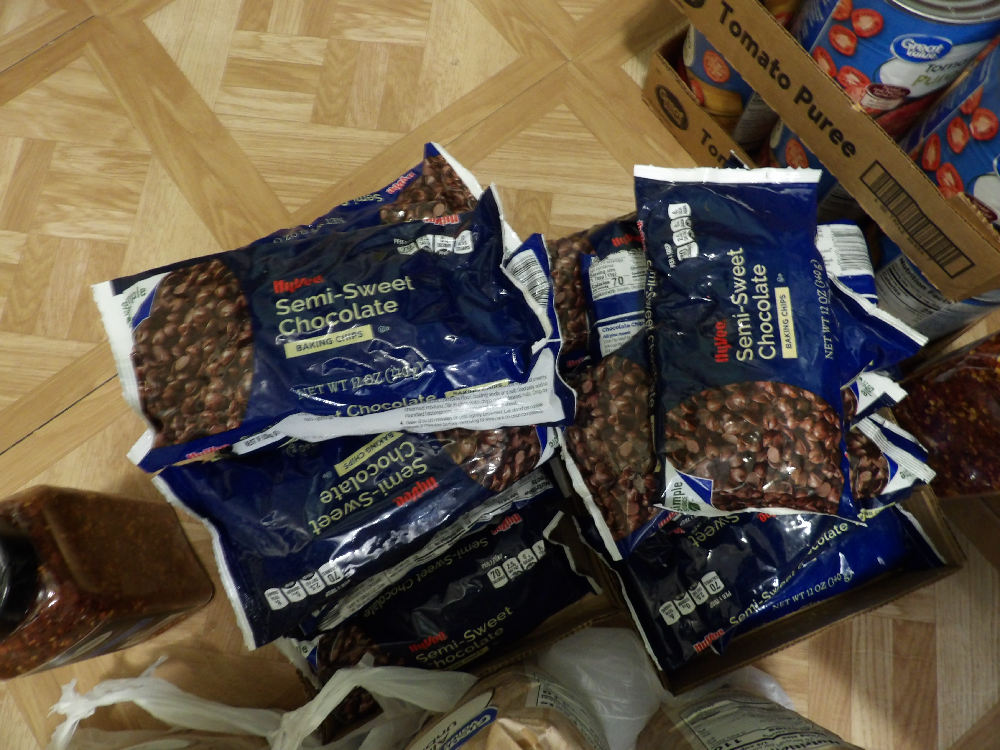
You need to know how many of that staple you use a week and time it by 52. That is the number you need for the year. If that is a staple that goes on sale once a year, you could stock up for the year if possible. For instance, chocolate chips were on sale early November 2021 for $0.99 for 12oz. bag. We purchased 25 of them. We use half a bag a week to make chocolate sheet pancake for dinner. Therefore, we need 26 bags for the year. Occasionally, we use it to make chocolate chips cookies and chocolate milk pudding. Therefore, 26 bags are the minimum to stock up on. We don’t purchase chocolate chips at the regular price. I used the last bag a day before we stocked up again. The previous time we purchased them was in Fall 2020.
How do you simplify pantry?
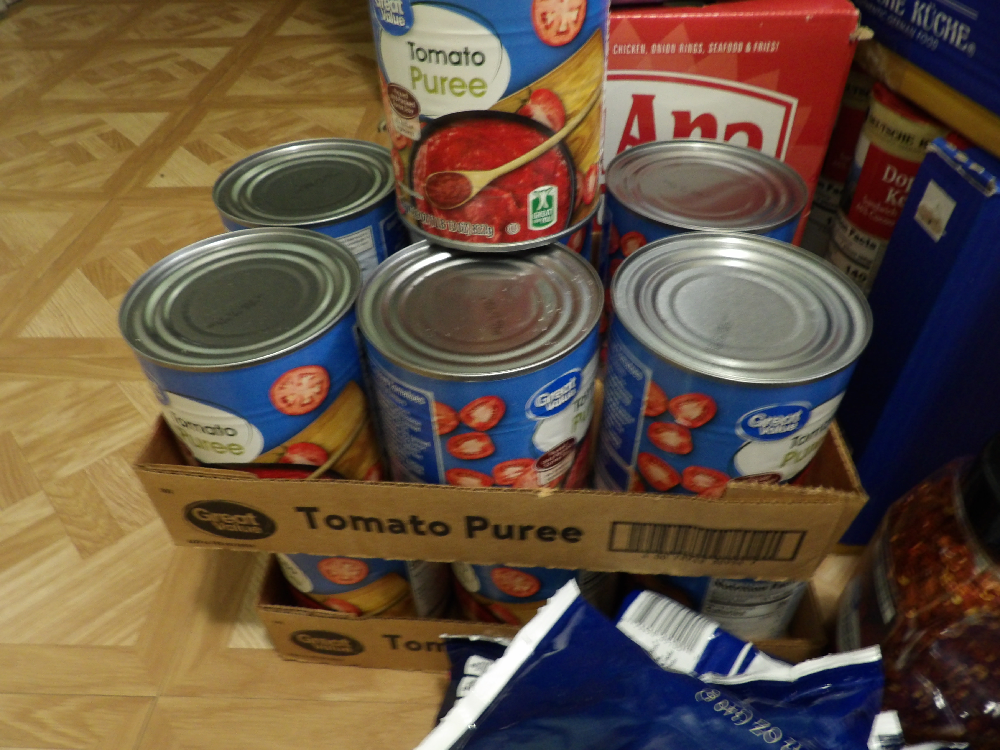
Reduce your grocery staples to the minimum to save money and pantry space. Simplify your food staples.
If you cook from scratch, you don’t need a lot of ingredients. Having few staples in your grocery list allows you to use them often. You don’t need a lot of space in your food pantry. Having multiple flavors of one ingredient require you track a large number of staples. Some might even expire before you have the chance to use them all.
If you feel overwhelmed with stocking up on food, try to simplify your grocery staples. You don’t need multiple salad dressing in your pantry. If anything, you don’t need salad dressing at all. You can make your own from cold pressed olive oil and raw apple cider vinegar or homemade milk kefir. We have articles and videos on how we feed milk kefir and how to make kefir dressing.
Conclusion:
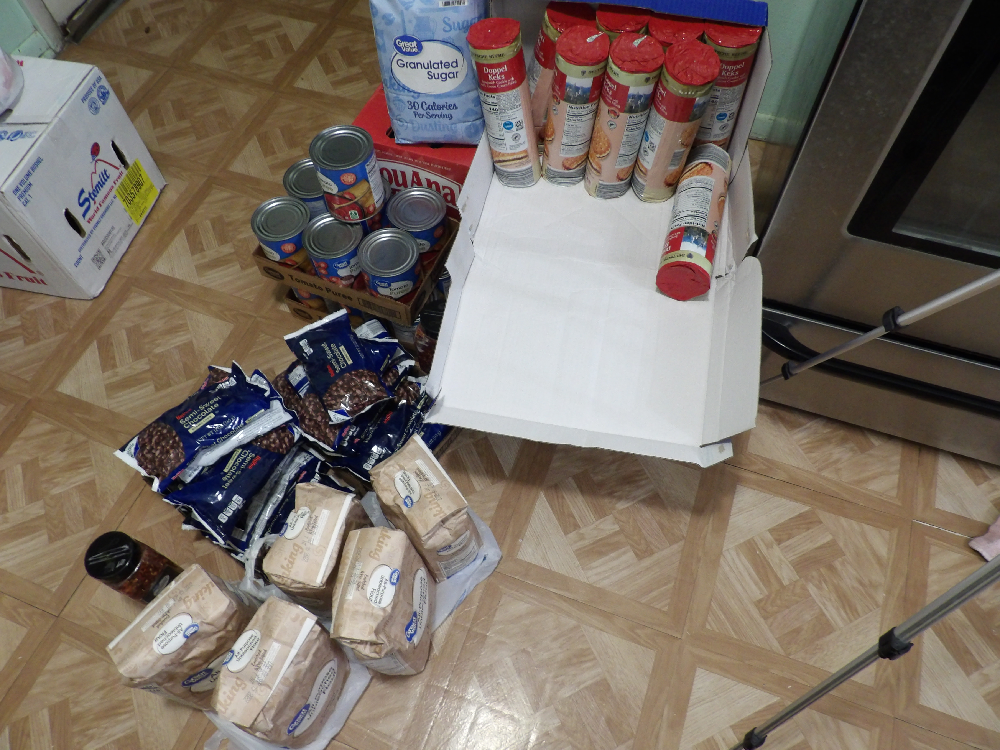
The video shows how we build our food supply on budget in the month of November 2021. Our grocery budget was $300 for the month of November for our family of 5. That includes $150 for food and non-food staples, $60 for fruit, and $90 for meat.
At Liberman Consulting L.L.C., we share different ways to save money and different ways to make money to reach your financial independence where you do not depend on your employer to put food on the table. Slowly building your food supply on budget while spending within your grocery budget is one way to save money.
